About us
The Pan-European Common Bird Monitoring Scheme project commenced in January 2002 as a joint initiative of the European Bird Census Council (EBCC) and BirdLife International. Since its beginning in 2002, the PECBMS project has been supported by the Royal Society for the Protection of Birds (RSPB, the BirdLife International Partner in the UK). Since January 2006, the project had been funded by the European Commission as well. Other important partners are Statistics Netherlands, Czech Society for Ornithology (CSO, BirdLife International Partner in the Czechia), British Trust for Ornithology (BTO), Dutch Organisation for Field Ornithology (SOVON), L’Institut Català d’Ornitologia (ICO), and others.
Project goal
The Pan-European Common Bird Monitoring Scheme (PECBMS) ‘s main goal is to use common birds as indicators of the general state of nature using large-scale and long-term monitoring data on changes in breeding populations across Europe.
PECBMS aims are to:
- collect data on European common bird species from national monitoring schemes and calculate European common bird indices and indicators
- make European common bird indices and indicators available to the policymakers and promote them to the public too
- in cooperation with scientists, explore the forces driving changes in populations of common birds in Europe
- assist national monitoring scheme coordinators with various tasks related to monitoring methods or data calculation
- create and keep an active network of national monitoring scheme coordinators and other experts on monitoring cooperating with the PECBMS project
Why is it important to monitor common birds in Europe?
Birds are good indicators of the health of the environment and can indicate its sustainability.
Monitoring is a critical requirement in assessing the environmental policy process and effectiveness of various conservation measures and is required under various international treaties, including EU directives.
Many patterns of land use and development are affected by EU policies. It is important to measure their sustainability across Europe, including their impact on the accession countries to the EU.
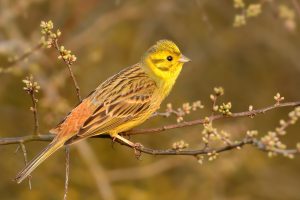

Common birds are good indicators as they are widespread, relatively easy to identify and count, sensitive to land use and climate change, and are popular with the public. Photo of the Yellowhammer and the Blue Tit by Martin Pelánek (www.phototrip.cz).
How PECBMS works
PECBMS applies quite a unique way of work – see the scheme below.
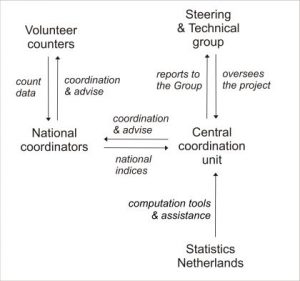
The project is coordinated by a central coordination unit that communicates with national coordinators who run the countries’ monitoring schemes. However, counting birds in the field is performed by the volunteer counters in the countries.
PECBMS coordination unit is based at the Czech Society for Ornithology (CSO) in Prague, the Czechia. The unit collects national indices, produces European indices and indicators, prepares outputs for publication, communicates outputs to the public, policymakers and scientists.
Statistics Netherlands, represented by Arco van Strien, Tom van der Meij, Marnix P. de Zeeuw, and Adriaan Gmeling Meiling, developed tools used by the PECBMS coordinators for data management and control and a tool for calculating supranational indices and trends. In the past, they also assisted the PECBMS coordinators with a computation procedure. They created the programs used by coordinators for the computation of national indices and trends (TRIM, BirdSTATs and RTRIM-shell), too.
The project Steering and Technical group oversee overall performance. The group has currently 5 members who work voluntarily: Richard Gregory (RSPB), Sergi Herrando (CREAF), David Noble (British Trust for Ornithology), Anna Staneva (Birdlife International), and Zdeněk Vermouzek (Czech Society for Ornithology).
Furthermore, other individuals and organizations from each country are involved in the PECBMS network. We aim for each country has a representative in the PECBMS network. Currently, more than 350 individuals from more than 45 countries are on our contact list.

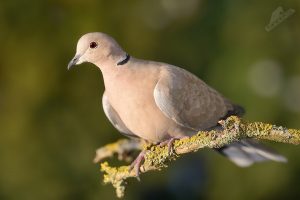
Birds are better known than most other taxa. There are masses of information available on common birds and for long-time series. Data are realistic and inexpensive to collect, analyse, report, and long-lasting monitoring schemes prove survey and analysis methods. Photo of the Tree Sparrow by Michal Dobeš (www.michaldobes.com) photo of the Collared Dove by Martin Pelánek (www.phototrip.cz).
What data we use
PECBMS collects national data from existing large-scale monitoring schemes in European countries, which are based on fieldwork of volunteers and have a standardized methodology and formal design. The countries deliver national species indices and trends with standard errors instead of raw count data. The program TRIM is standardly used for the computation of national indices and trends.
More information on methods and national trends you can find in the Methods.
PECBMS outputs
Common bird species indices and trends
PECBMS combines national species indices in supra-national indices for individual species for Europe, the EU, and their regions (New and Old EU, West, South, North, and Central & East Europe). All indices are annually updated, but only European species indices and trends are published – see the latest update.
The computation procedure is described in the Methods.
Common bird indicators (multi-species composite indices)
PECBMS produces indicators for Europe, the EU, and their regions (New and Old EU, West, South, North, and Central & East Europe). All indicators are annually updated and published – see the latest update.
Find more details on the indicators and species selection in the Methods.
Use of our outputs
In policy and environmental protection
The PECBMS indicators have been accepted as the biodiversity indicators for the EU´s Structural Indicator and Indicators of Sustainable Development of the EU. National versions of the Farmland bird indicators have also been approved as the Regulation indicators in the EU´s Rural Development Plans (Council Regulation (EC) No 1698/2005).
Other international institutions, e. g, have used the indicators. Organization for Economic Co-operation and Development (OECD), or European Environment Agency (EEA), and have also been included in Living Planet Index (LPI).
In science
The PECBMS results have been widely used in scientific research. The papers published cover various topics such as the development of bird indicators in general, exploration of driving forces laying behind farmland or forest bird population trends, development of climate change indicator, investigation of the land-use change, and its impact on farmland birds.
List of scientific papers that are based on the PECBMS data.
For any reason for data usage, we appreciate you always contacting the PECBMS project coordinator or manager with your request. Please, check the Data access & co-authorship policies.
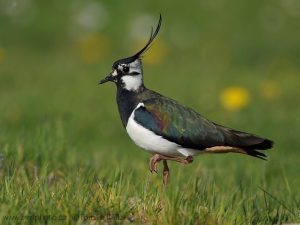
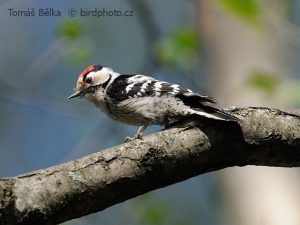
Birds are beneficial to raise awareness of biodiversity issues. They can, in some circumstances at least, faithfully reflect trends in another biodiversity. Photo of the Lapwing and the Lesser Spotted Woodpecker by Tomáš Bělka (www.birdphoto.cz).
Other activities
Consulting activities
We assist our co-workers and others with establishing new national monitoring schemes or improving the existing schemes. We provide advice and assistance on various methodological issues; we advise managing the count data and how to analyse them.
PECBMS workshops
Regularly, once per three years, we organize a workshop where all national scheme coordinators and other co-workers meet, share experience, and discuss the project’s future development. The last PECBMS workshop was held during the 21st EBCC conference, called ‘Counting birds counts’, which took place in Évora, Portugal, 8-13 April 2019.
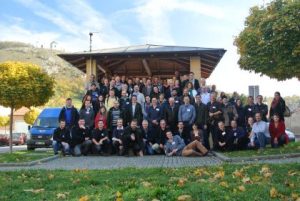
Participants of the PECBMS workshop in November 2015 in Mikulov, the Czech republic. Photo by Vojtěch Brlík.
Publications
- PECBMS common bird species indices, trends, and indicators are regularly published on the EBCC website – see the latest species trends and indicators.
- We regularly publish our results in brochures (in 2005, 2007, 2008), or in leaflets (in 2010, 2011, 2012, 2013, 2015, 2016, 2018, 2019 and 2022).
- You can find valuable advice on how to plan a monitoring scheme in the Best Practice Guide. A co-authors group has written this rather thin book. It can give various information and examples in several case studies useful for setting up a sustainable and well-organized monitoring scheme.
Download our publications.
Plans
- increase species coverage and the number of countries contributing to the data
- produce habitat-specific species trends
- produce indicators for other habitat types (inland wetlands, boreal forest, urban habitat, etc.)
- continue in using our data in scientific research and explore driving forces laying behind the trends in particular habitats or sites
- continue in helping countries to improve existing monitoring schemes and to set new ones in countries with no sustainable monitoring at all
- enhance the usage of our outputs in policy and nature protection
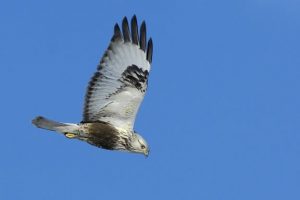
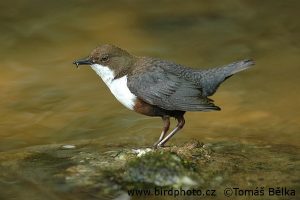
In the future, we strive to add new species to our list and produce indices and trends for rarer species or species covered by dedicated special monitoring schemes such as raptors, wetland birds, or night birds. Photo of The Rough-legged Buzzard and the Dipper by Tomáš Bělka (www.birdphoto.cz).